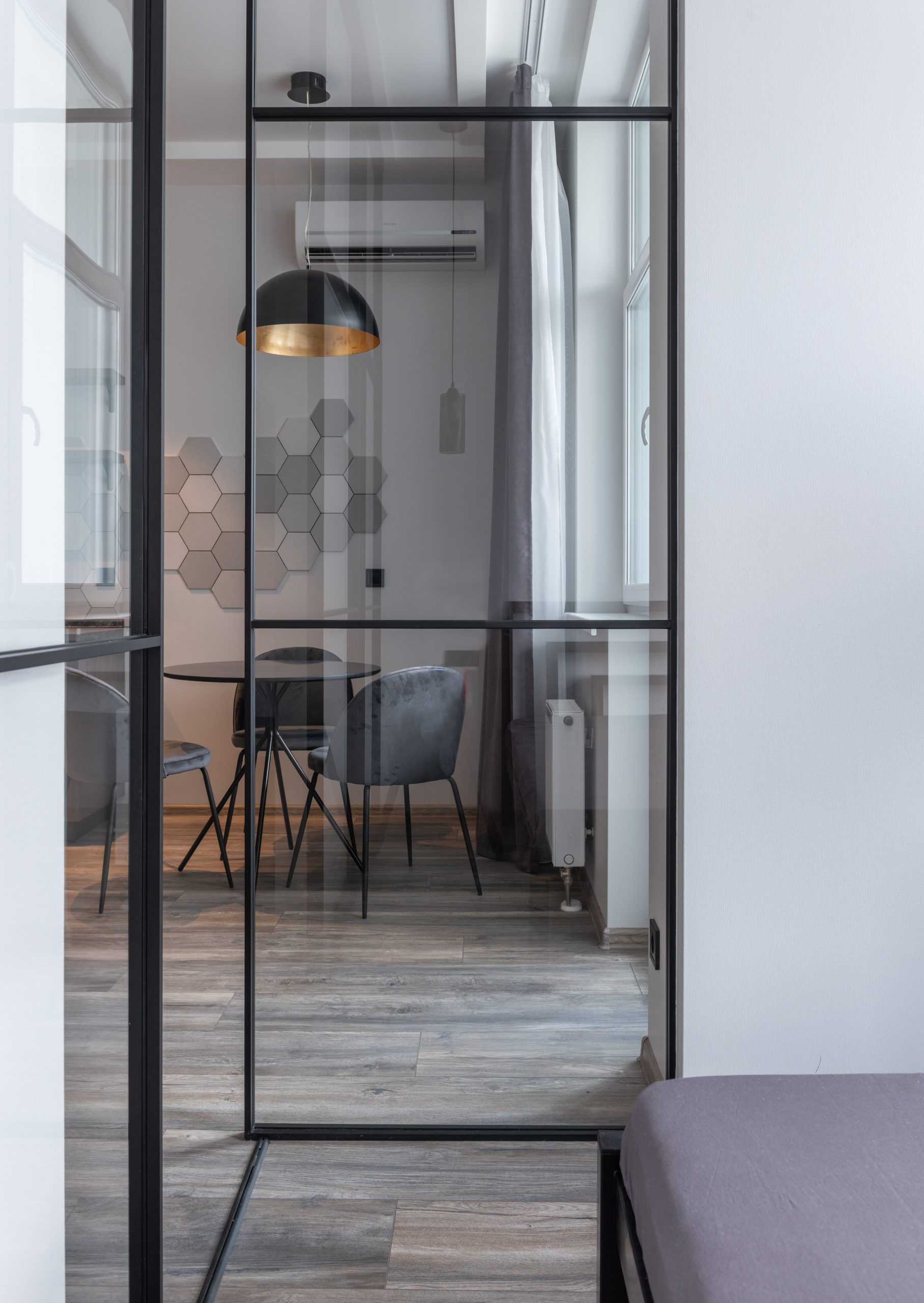Heat Pump Efficiency Compared: Traditional Systems vs. Heat Pumps
In today’s business world, where sustainability and cost-saving measures take centre stage, the choice of heating and cooling solutions is more critical than ever. With heat pumps making waves in the energy scene, a pressing question many business owners ask is: “How does the efficiency of a heat pump compare to traditional heating and cooling systems?” Let’s delve into this comparison to provide a clearer perspective.
Understanding Energy Efficiency
At its core, the efficiency of a system denotes how well it converts input (like electricity) into the desired output (like heat). It’s typically represented as a percentage – the higher the percentage, the more efficient the system is.
Heat Pumps: A Snapshot of Efficiency
Heat pumps, in essence, are devices that transfer heat from one place to another, rather than generating heat. This distinction is vital. A typical heat pump can convert one unit of electricity into three units of heat, giving it an efficiency rating of up to 300%.
Key Points:
- Coefficient of Performance (COP): This metric, commonly used for heat pumps, denotes the ratio of heat output to electricity input. A COP of 3 means the system produces three times as much heat as the electricity it consumes.
- Seasonal Coefficient of Performance (SCOP): This is an average COP over an entire heating season and is a more realistic metric for potential annual savings.
Traditional Heating Systems: Where They Stand
Traditional heating systems, such as gas boilers or electric heaters, generate heat instead of transferring it. Their efficiency can vary, but here are some general insights:
- Gas Boilers: Modern condensing gas boilers can have efficiencies of up to 90-95%. However, the burning of natural gas releases CO2, contributing to greenhouse gas emissions.
- Electric Heaters: They are almost 100% efficient in terms of converting electricity into heat. However, they can be expensive to run, especially during the colder months.
Cooling Systems: The Air Conditioning Angle
When considering cooling, traditional air conditioning systems work by extracting heat from inside and releasing it outside. Their efficiency is usually measured using the Seasonal Energy Efficiency Ratio (SEER). Most modern air conditioners have SEER values between 13 and 21. In comparison, heat pumps, especially those with reverse cycle capabilities, can cool spaces efficiently while consuming less energy.
The Bottom Line
- Operational Costs: Heat pumps often lead to lower energy bills, particularly when replacing electric heating systems.
- Environmental Impact: Heat pumps, especially when powered by renewable energy, have a much lower carbon footprint than gas boilers.
- Flexibility: Many modern heat pumps also offer cooling capabilities, eliminating the need for separate air conditioning systems.
Conclusion
While traditional heating systems have served businesses for decades, heat pumps present a compelling case, both in terms of efficiency and environmental impact. They may offer significant cost savings and reduce a company’s carbon footprint. As always, it’s essential to conduct a thorough assessment of your specific needs and consult with an HVAC professional before making a choice.
